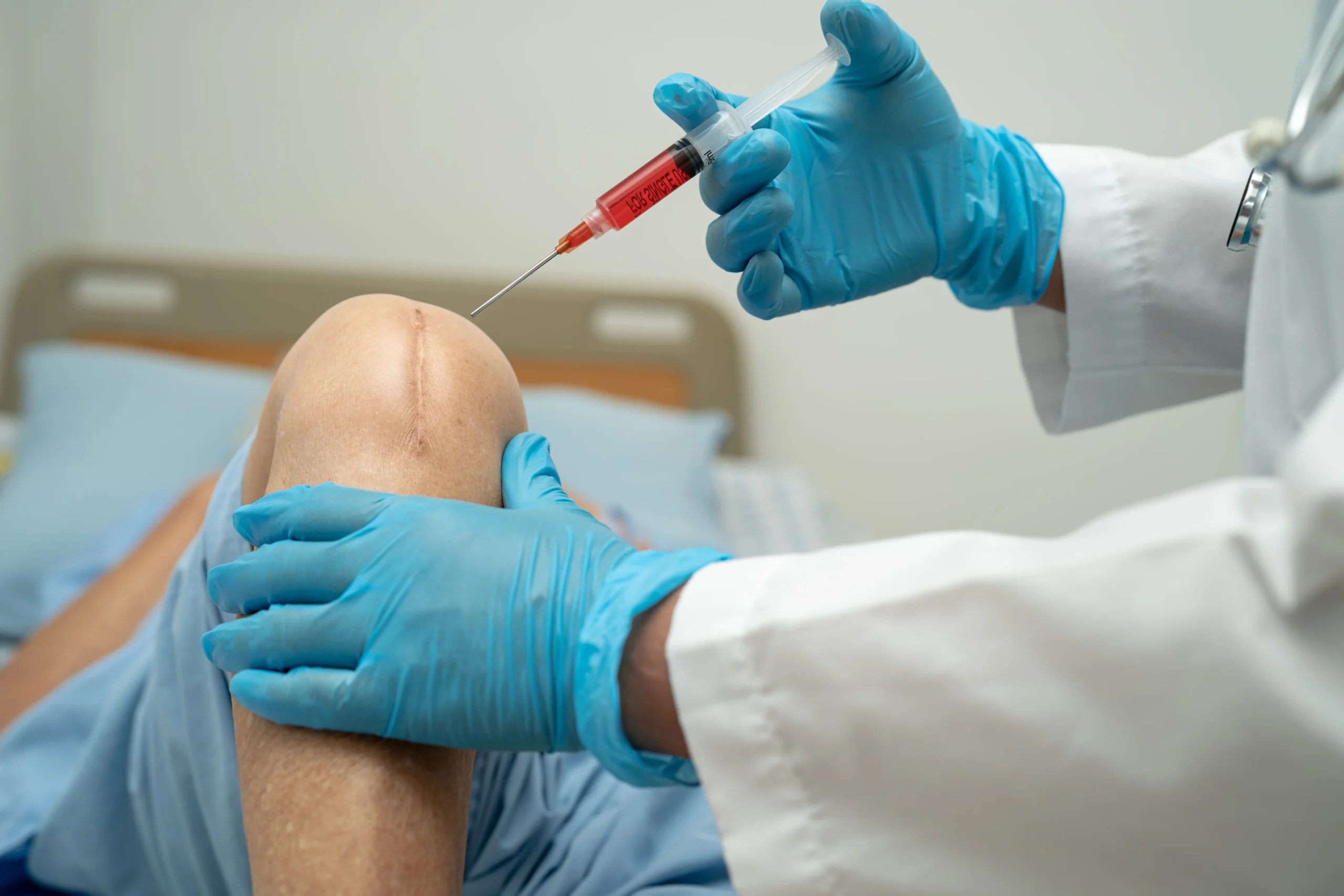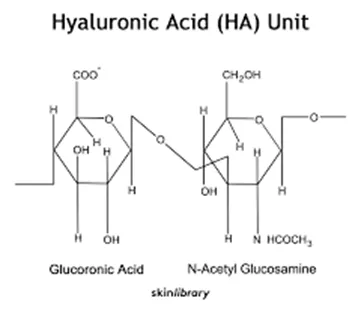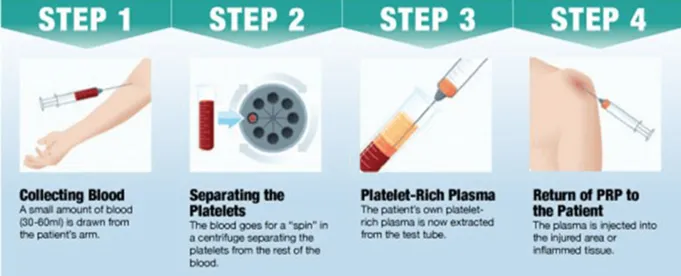
Joint injections are a common, minimally invasive treatment used to alleviate pain and inflammation in the joints. They are especially effective for conditions such as arthritis, bursitis, or other joint-related injuries. Unlike image-guided injections, knee joint injections are typically performed without imaging assistance.
What are joint injections?
Joint injections involve administering medication directly into the joint space to provide targeted relief. The medication often includes a corticosteroid (anti-inflammatory medication) to reduce inflammation and, in some cases, a local anaesthetic for immediate pain relief.
When are joint injections recommended?
Joint injections may be recommended for:
- Osteoarthritis: To reduce and manage chronic pain.
- Inflammatory arthritis (e.g. rheumatoid, psoriatic arthritis): To reduce inflammation and manage chronic pain
- Joint injuries: Following trauma or repetitive strain injuries.
- Swelling and stiffness: To improve mobility and comfort.
- Short-term pain relief: While preparing for surgery or physical therapy.
- Diagnostic purpose: To determine if the pain is from the joint itself as suspected
Is there a role for injections outside the joint?
Your surgeon will discuss where injections can help you with pain originating from outside the joint. Common indications include:
- Bursitis: Alleviating swelling and pain in bursae (joint cushions).
- Sports injuries: Treating ligament or tendon inflammation
Are steroid injections right for you?
While steroid injections do not address the underlying cause of your condition, they effectively relieve symptoms.
Steroid injections are commonly recommended for individuals with rheumatoid arthritis, other types of inflammatory arthritis, and soft tissue inflammation arising from outside the joint. They may also be suitable for osteoarthritis if your joints are severely painful or if additional temporary pain relief is needed. By reducing inflammation, these injections can help alleviate pain.
What are injections of hyaluronic acid?
If you have osteoarthritis in your knee, you may be eligible for hyaluronic acid injections, also known as hyaluronan injections.
These injections are used to relieve pain and improve joint movement, particularly when other treatments have been ineffective.
Hyaluronic acid is a natural component of the synovial fluid found in many joints in your body. In a healthy joint, synovial fluid acts as a lubricant, allowing the cartilage at the ends of your joints to move smoothly against each other, maintaining joint health and mobility.
Hyaluronic acid injections are believed to help lubricate joints where the cartilage has become roughened due to osteoarthritis and may even support cartilage regeneration.

What are injections of Platelet Rich Plasma (PRP)?
PRP (Platelet-Rich Plasma) treatment is an autologous procedure, meaning it uses components from your own body. A small amount of blood is drawn, processed in a centrifuge to separate the platelet-rich plasma, and then further refined to isolate a protein-rich liquid. This liquid is injected into the affected joint to help alleviate pain, slow cartilage degradation, and promote faster recovery.
PRP treatment is commonly used to address osteoarthritis and joint degeneration.
PRP therapy may offer several benefits, including:
- Tissue repair and regeneration
- Prevention of painful inflammation
- Improved joint mobility
- Slowing the progression of the disease, potentially delaying the need for an artificial joint
- Reduced reliance on analgesics, which may have side effects

How are joint injections performed?
- The injection site is carefully cleaned with antiseptic agents
- A thin needle is used to inject the medication directly into the joint.
- The procedure is quick, usually lasting less than 10 minutes, and can be done in the clinic.
What are the benefits of joint injections?
- Minimally invasive with minimal downtime.
- Provides rapid pain relief in many cases.
- Reduces inflammation to improve joint function.
- Can delay the need for surgical interventions.
What are the risks or complications from joint injections?
Joint injections are a minimally invasive procedure. However, in rare cases, side effects may occur, including:
- Bleeding into the joint
- Infection
- Allergic reactions to the medications used
- Temporary numbness or weakness
Your surgeon will discuss any risks and ensure the treatment is appropriate for you. The duration of pain relief when used for therapeutic purposes cannot be guaranteed, but the surgeon can give you estimated timeframes based on the degree of joint pathology suspected.
What is the recovery period following the joint injection?
The anaesthetic injected into your joint may offer temporary pain relief lasting 4–6 hours. It may take several days for the steroid to start working, with maximum effectiveness potentially occurring within 10 days.
The injection might cause irritation around the joint. If needed, you can take over-the-counter pain relievers such as paracetamol. In some cases, patients may experience numbness or weakness in the affected area.
Useful advice:
- Rest the injected joint for at 24-48 hours.
- Avoid strenuous activity for a few days.
- Use ice packs to manage swelling if needed.
- Follow any additional instructions provided by your surgeon.
Summary
Joint injections offer an effective, minimally invasive solution for managing hip and knee pain and inflammation. They are a valuable option for patients looking to restore mobility and improve their quality of life without immediate surgical intervention.
